A blood clot can save the day and stop the bleeding when things like a paper cut or shaving accidents happen, but a blood clot can also be a dangerous health concern that can turn deadly. Blood clots happen for several reasons and knowing the symptoms of one can literally save your life. Eat This, Not That! Health spoke with experts who explain what to know about a blood clot and signs you have one. As always, please consult with your physician for medical advice. Read on—and to ensure your health and the health of others, don't miss these Sure Signs You've Already Had COVID.

Thomas Gut, D.O., Associate Chair of Medicine at Staten Island University Hospital tells us, "Blood clots occur when a perfect storm occurs within a blood vessel. Classically, it happens when blood vessel damage and activation of the clotting mechanism occurs in an area where blood isn't moving well."
Sean Marchese, MS, RN, a registered nurse at The Mesothelioma Center with a background in oncology clinical trials and over 15 years of direct patient care experience adds, "Blood clots typically form when the body senses an injury to an area and will form a natural plug using platelets to stop the bleeding. However, certain disorders with clotting factors can make blood clots when they're not needed. Autoimmune diseases, cancer, infections and organ failures can all interfere with the delicate clotting cascade and create blood clots that damage the body."
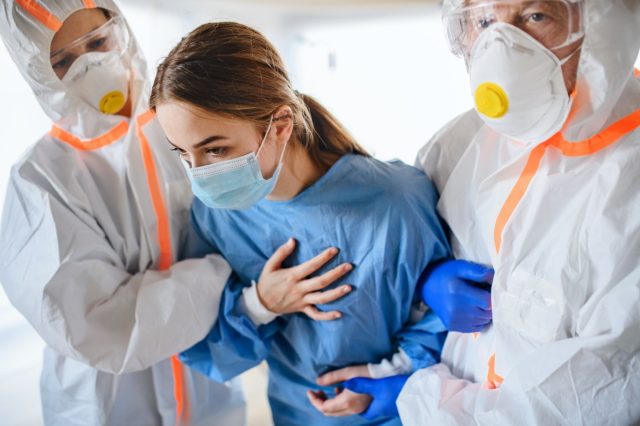
Dr. Gut explains, "COVID infection has been shown to increase the risk of blood clot formation especially within the first two weeks of infection."
Marchese says, "Researchers believe that COVID causes blood clots due to the high levels of inflammation associated with the disease. As the virus aggravates areas throughout the body, antibodies form, accumulating in tight spaces and stimulating blood clot production."
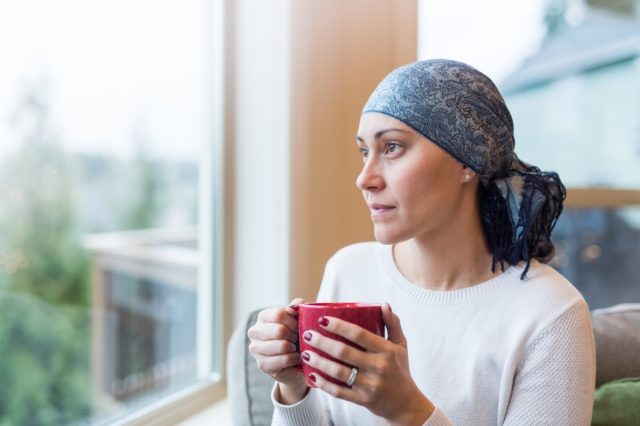
Dr. Gut states, "Generally, people that have had clots previously, cancers, immobilization, are elderly, or are critically sick will have the greatest risk of clotting."
Marchese explains, "People with chronic conditions such as coronary artery disease, diabetes, hypertension and metabolism disorders are at higher risk for blood clots. You may also clot more frequently if you're over 65, take certain hormones or had a previous blood clot. Some ways to prevent blood clots include wearing loose-fitting clothes, walking, eating less salt, and raising your feet at night."
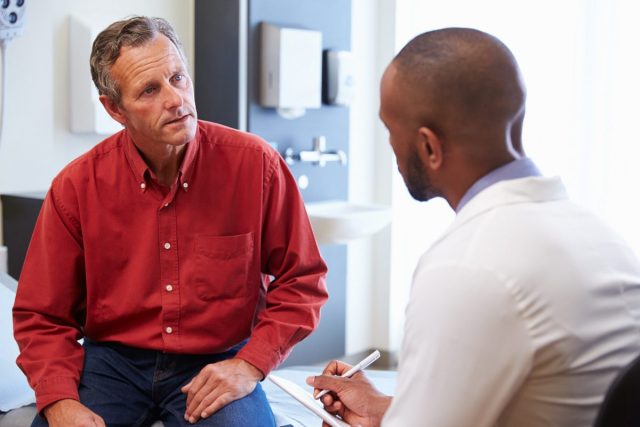
Dr. Gut says, "If you notice swelling or tightness in an arm or a leg, you should notify your doctor."
Marchese tells us, "If you notice new swelling in your arms or legs, areas of redness or pain, or temperature changes in one extremity, you should see a doctor immediately. Rapid treatment is critical. Blood clots can travel quickly from the extremities to the heart or brain, causing a heart attack or stroke."

According to Dr. Gut, "This can be a sign that a blot clot has formed or travels to your lungs. A clot in the lungs can put tremendous strain on the cardiovascular system and can even result in heart failure."
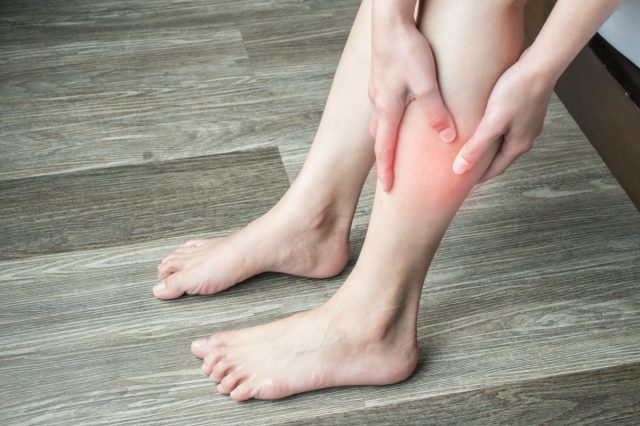
Dr. Gut says, "If one of your thighs is cramping and swelling after a long car ride, this can be a sign that a clot has formed in your leg, especially if blood has pooled and hasn't circulated well."

Dr. Gut warns, "Coughing up blood can be a sign that the pressure increase inside your lungs from a traveling clot has caused blood vessels to burst. This should prompt emergency attention."
Marchese reveals, "One of the most common locations for blood clots to travel is the lungs. The bronchioles are small airways that help exchange air and can easily trap blood clots, called pulmonary embolism. If you become short of breath without exercise or have an unexplained and consistent cough without signs of infection, see a doctor as soon as possible."
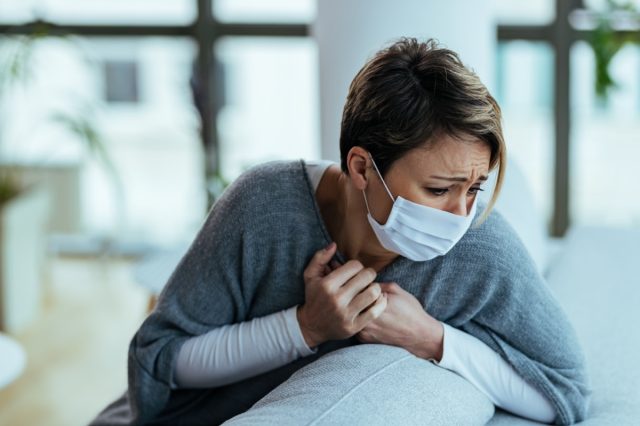
Marchese says, "A blood clot that travels to the heart can become lodged in the sensitive tissues that control heart rate. When a blood clot travels to the heart, it's usually accompanied by severe chest pain or trouble breathing. If you notice new chest pain, shoulder or arm pain, difficulty breathing or unexpected changes in heart rate, seek medical care immediately."
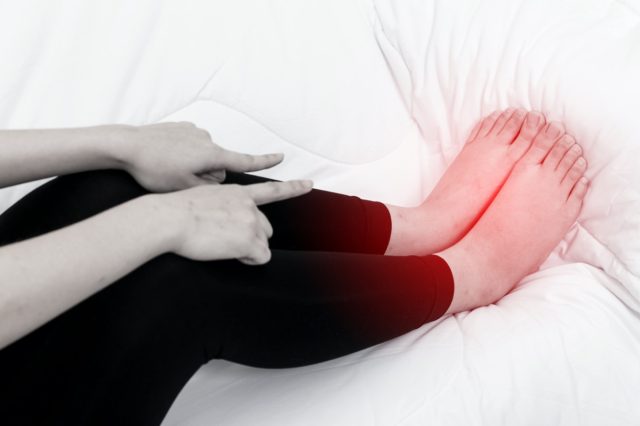
Marchese shares, "The hallmark sign of a blood clot is having symptoms in one extremity, not the other. For example, the right leg may have an area of redness, pain or swelling that is not present on the left leg. This sign should be taken seriously and investigated by a healthcare professional as soon as possible."
Heather Newgen
Sure Signs There is a Blood Clot Inside You — Eat This Not That - Eat This, Not That
Read More

No comments:
Post a Comment